I. Introduction
Garuda Indonesia, the national flag carrier of Indonesia, stands as a symbol of the country’s rich cultural heritage and its aspirations for global connectivity. Named after the mythical bird that serves as the mount of the Hindu god Vishnu, Garuda Indonesia embodies the spirit of hospitality and excellence deeply rooted in Indonesian tradition. Since its inception, the airline has played a pivotal role in connecting the archipelago’s thousands of islands, fostering economic growth, and promoting tourism. Today, Garuda Indonesia is recognized not just for its extensive network of domestic and international routes but also for its commitment to providing a superior travel experience. This detailed profile delves into the airline’s storied history, its diverse fleet, expansive destinations, and the unparalleled customer experience it strives to offer. Join us as we explore the journey of Garuda Indonesia, from its humble beginnings to becoming a key player in the global aviation industry.
II. History and Background
Garuda Indonesia, the national airline of Indonesia, has a storied history that reflects the country’s rich heritage and dynamic growth. Established in the mid-20th century, Garuda Indonesia has evolved from a fledgling carrier into a prominent player in the global aviation industry. This section delves into the various phases of the airline’s development, from its founding and early years to its modern-day operations.
A. Founding and Early Years
Garuda Indonesia was officially founded on January 26, 1949. Its roots, however, can be traced back to the revolutionary period following Indonesia’s declaration of independence from Dutch colonial rule in 1945. The airline’s name, “Garuda,” is derived from the mythical bird in Hindu and Buddhist mythology, which symbolizes strength, speed, and loyalty—a fitting emblem for the nation’s flag carrier.
The airline’s inaugural flight took place on December 28, 1949, using a Douglas DC-3 aircraft named “Seulawah.” This aircraft was a gift from the people of Aceh to the Indonesian government, symbolizing the nation’s unity and collective effort toward building a new Indonesia. In these early years, Garuda Indonesia primarily operated domestic routes, connecting various islands within the archipelago and fostering national integration.
B. Expansion and Growth
The 1960s and 1970s marked a period of significant expansion for Garuda Indonesia. The airline began to modernize its fleet, transitioning from propeller-driven aircraft to jet engines. This era saw the introduction of the Convair 990A and later, the Douglas DC-8, which enabled the airline to extend its reach beyond Southeast Asia.
By the 1980s, Garuda Indonesia had further expanded its international footprint, establishing routes to Europe, the Middle East, and North America. The acquisition of wide-body aircraft such as the McDonnell Douglas DC-10 and Boeing 747 allowed the airline to serve long-haul destinations more efficiently. This period also saw the introduction of enhanced in-flight services and amenities, elevating the passenger experience and positioning Garuda Indonesia as a competitive international carrier.
C. Modern Era
Entering the 21st century, Garuda Indonesia continued to adapt and innovate in response to the evolving aviation landscape. The airline embarked on an ambitious revitalization program, which included fleet modernization, service enhancements, and strategic partnerships. In 2009, Garuda Indonesia launched the “Quantum Leap” program, aimed at transforming the airline into a world-class carrier by 2015.
Under this initiative, the airline introduced new aircraft models such as the Airbus A330 and Boeing 777, upgraded its in-flight entertainment systems, and implemented a comprehensive training program for its staff. The revitalization efforts paid off, as evidenced by Garuda Indonesia’s induction into the SkyTeam global airline alliance in 2014 and its recognition as a 5-star airline by Skytrax.
Despite facing challenges such as economic fluctuations and geopolitical tensions, Garuda Indonesia has remained resilient. Today, the airline operates a robust network of domestic and international routes, serving millions of passengers annually. Its commitment to safety, service excellence, and Indonesian hospitality continues to define its legacy and future trajectory.
In summary, Garuda Indonesia’s history is a testament to its enduring spirit and adaptability. From its humble beginnings to its current status as a global airline, Garuda Indonesia embodies the progress and aspirations of the Indonesian nation.
III. Fleet and Destinations
Garuda Indonesia, as the national flag carrier of Indonesia, boasts a diverse and modern fleet that caters to a wide range of travel needs, from domestic short-haul flights to international long-haul journeys. The airline’s strategic fleet composition and expansive route network play a crucial role in its competitive positioning in the aviation industry.
A. Aircraft Types
Garuda Indonesia operates a versatile fleet comprising various aircraft types tailored to different route requirements. The airline’s long-haul fleet primarily consists of wide-body aircraft, including the Boeing 777-300ER and Airbus A330-300, which are known for their range, fuel efficiency, and passenger comfort. These aircraft are typically deployed on intercontinental routes, ensuring a premium travel experience for passengers on long flights.
For medium-haul routes, Garuda Indonesia utilizes the Airbus A330-200 and Boeing 737-800. These aircraft are well-suited for regional travel within Asia and the Middle East, offering a balanced mix of range and passenger capacity. The airline also operates the ATR 72-600 for short-haul domestic flights, connecting smaller cities and remote regions with hubs like Jakarta and Denpasar.
The diverse fleet allows Garuda Indonesia to optimize operational efficiency and maintain a high standard of service across its network. The continuous investment in newer models and technology reflects the airline’s commitment to sustainability and passenger satisfaction.
B. Domestic Routes
Garuda Indonesia’s extensive domestic network is a testament to its integral role in connecting the archipelago’s vast and diverse regions. The airline serves major urban centers such as Jakarta, Surabaya, and Medan, as well as popular tourist destinations like Bali, Yogyakarta, and Lombok. These key routes facilitate business travel and tourism, contributing significantly to the country’s economic development.
In addition to major cities, Garuda Indonesia also reaches remote areas, ensuring connectivity for communities in less accessible regions. The airline’s domestic operations are crucial in bridging the geographical gaps within Indonesia, providing essential air transport services that enhance mobility and regional integration.
C. International Routes
Garuda Indonesia’s international route network spans across Asia, Australia, Europe, and the Middle East, positioning the airline as a global player in the aviation industry. Key destinations in Asia include Singapore, Kuala Lumpur, Tokyo, and Seoul, which are critical for business and leisure travel. The airline’s presence in these major hubs enhances its connectivity and competitive edge in the region.
In Australia, Garuda Indonesia operates flights to Sydney, Melbourne, and Perth, catering to the strong demand for travel between Indonesia and Australia. The airline’s European routes include Amsterdam and London, providing direct connections to the continent and tapping into the lucrative long-haul market.
Middle Eastern destinations such as Jeddah and Riyadh are also part of Garuda Indonesia’s network, reflecting the significant travel demand from Indonesian pilgrims and expatriates. The airline’s strategic international routes support its goal of being a global connector, fostering cultural exchange and economic ties between Indonesia and the world.
In summary, Garuda Indonesia’s carefully curated fleet and comprehensive route network underscore its commitment to providing seamless and efficient air travel. The airline’s strategic investments in modern aircraft and expansion into key domestic and international markets have solidified its reputation as a leading carrier in the region and beyond.
IV. Customer Experience
Garuda Indonesia has consistently strived to provide a superior customer experience, often setting benchmarks within the aviation industry. This commitment to excellence manifests in various aspects of their service, from in-flight amenities to loyalty programs and overall customer satisfaction.
A. In-flight Services
Garuda Indonesia offers a range of in-flight services designed to enhance passenger comfort and convenience. The airline provides a multi-class configuration, including Economy, Business, and First Class, each tailored to meet the varying needs of its passengers.
- Economy Class: Even in the most affordable class, passengers are treated to comfortable seating with ample legroom, personal entertainment systems, and a selection of meals that cater to different dietary requirements. Complimentary beverages and snacks are also available throughout the flight.
- Business Class: For those seeking extra comfort, Business Class offers lie-flat seats, priority boarding, and access to exclusive airport lounges. The culinary experience is elevated with gourmet meals curated by renowned chefs, and passengers can enjoy a wide array of entertainment options on larger personal screens.
- First Class: The epitome of luxury, First Class cabins provide private suites with fully flat beds, high-end amenities, and personalized service. Passengers can indulge in a fine dining experience, with meals served on demand. The in-flight entertainment system offers the latest movies, TV shows, and music, ensuring a premium experience from takeoff to landing.
B. Loyalty Program
Garuda Indonesia rewards its frequent flyers through a comprehensive loyalty program called GarudaMiles. This program is designed to provide various benefits and privileges to its members, encouraging customer retention and fostering a loyal customer base.
- Earning Miles: Members can earn miles not only by flying with Garuda Indonesia but also through its partner airlines and a range of non-airline partners, including hotels, car rentals, and credit card companies.
- Tiers and Benefits: The program features multiple tiers—Blue, Silver, Gold, and Platinum—each offering increasing benefits such as priority check-in, extra baggage allowance, and access to premium lounges. Platinum members enjoy the highest level of service, including guaranteed seat availability and personal assistance.
- Redeeming Miles: Accumulated miles can be redeemed for free flights, class upgrades, and various other rewards. The redemption process is straightforward, making it easy for members to utilize their benefits.
C. Customer Reviews
Garuda Indonesia has garnered positive reviews from passengers for its dedication to service quality and customer satisfaction. Online reviews and passenger feedback frequently highlight the airline’s punctuality, courteous staff, and high standards of cleanliness and safety.
- Service Excellence: Passengers often commend the airline’s attentive and friendly cabin crew, who go the extra mile to ensure a pleasant journey. The quality of food and beverages served on board also receives high praise.
- Comfort and Convenience: Reviews consistently mention the comfort of the seating arrangements and the convenience of in-flight entertainment options. The availability of Wi-Fi on select flights is another appreciated feature.
- Areas for Improvement: While generally positive, some reviews suggest areas for improvement, such as quicker baggage handling and more efficient boarding processes. Garuda Indonesia takes this feedback seriously and continuously works on enhancing its services.
In summary, Garuda Indonesia has built a strong reputation for delivering an exceptional customer experience. By offering high-quality in-flight services, a rewarding loyalty program, and consistently positive customer reviews, the airline remains a preferred choice for both domestic and international travelers.
V. Conclusion
Garuda Indonesia stands as a testament to the resilience and growth of the aviation industry in Southeast Asia. From its humble beginnings in the aftermath of World War II to becoming a formidable player on the global stage, the airline has consistently evolved to meet the demands of a dynamic market.
The company’s journey through its founding and early years reveals a narrative of perseverance and strategic expansion, which set the foundation for its subsequent growth. In the modern era, Garuda Indonesia has embraced technological advancements and innovative practices, ensuring that it remains competitive and relevant.
Garuda Indonesia’s diverse fleet and extensive network of domestic and international routes highlight its commitment to connectivity and customer convenience. By operating a range of aircraft tailored to various routes, the airline can efficiently serve a wide array of destinations, contributing to its reputation for reliability and excellence.
The customer experience aboard Garuda Indonesia is marked by a blend of traditional Indonesian hospitality and contemporary comforts. From in-flight services that cater to the needs of all passengers to a robust loyalty program that rewards frequent flyers, the airline ensures a memorable journey. Positive customer reviews further underscore the effectiveness of Garuda Indonesia’s efforts to prioritize passenger satisfaction.
In conclusion, Garuda Indonesia is more than just an airline; it is an emblem of Indonesia’s rich cultural heritage and progressive spirit. As it continues to soar to new heights, Garuda Indonesia remains dedicated to delivering exceptional service, expanding its reach, and maintaining its status as a symbol of national pride.
Catch up on the top stories and travel deals by subscribing to our newsletter!

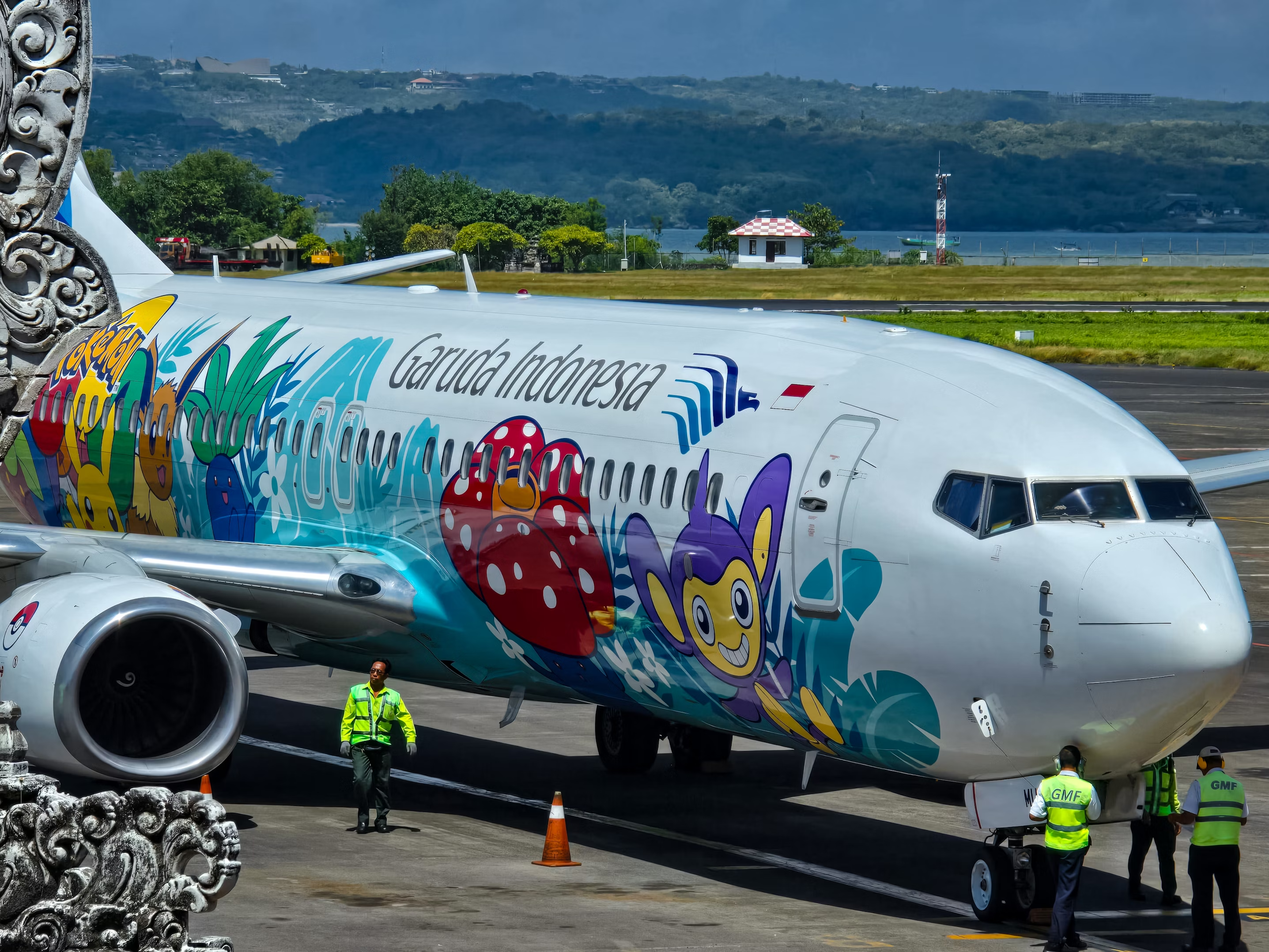

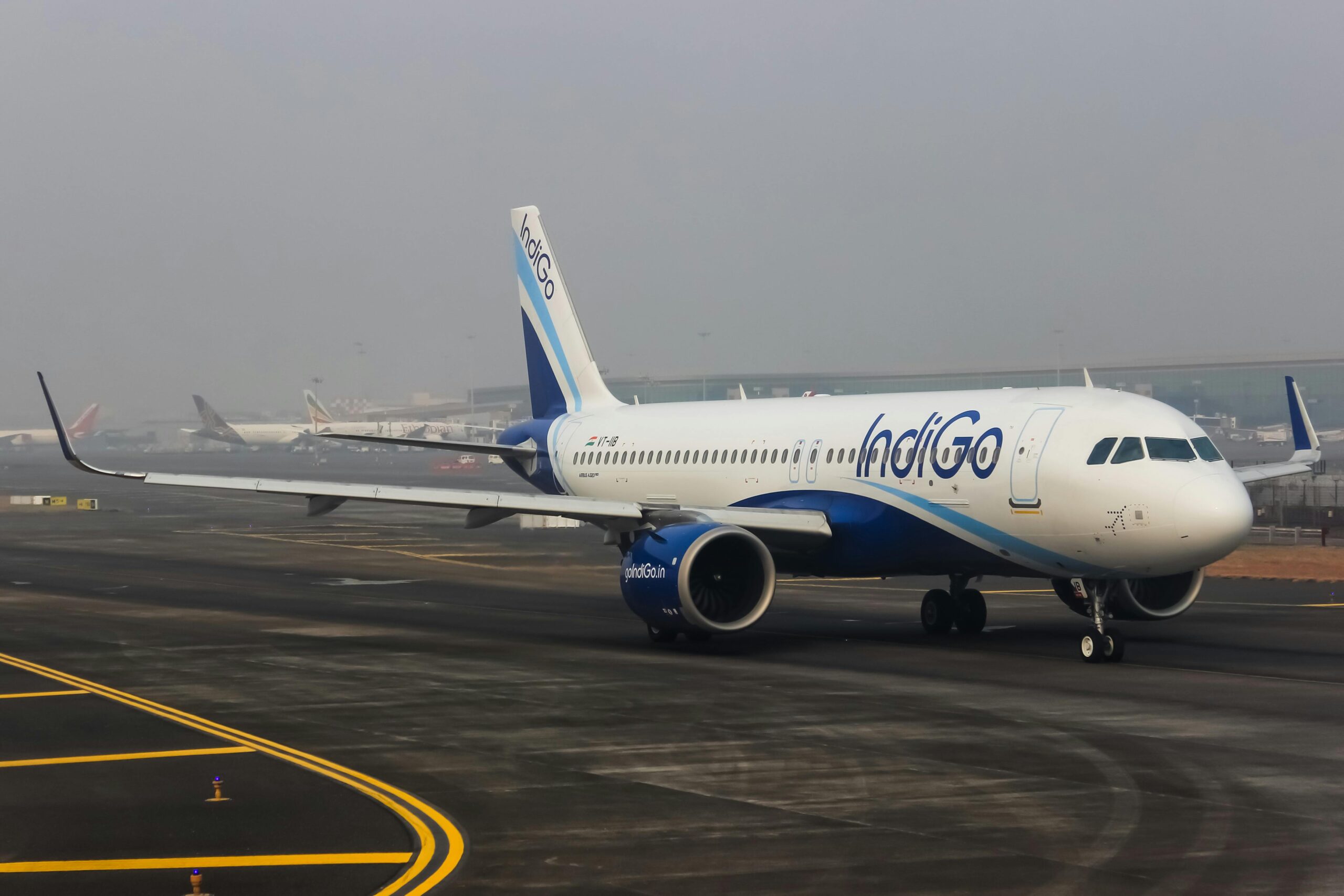
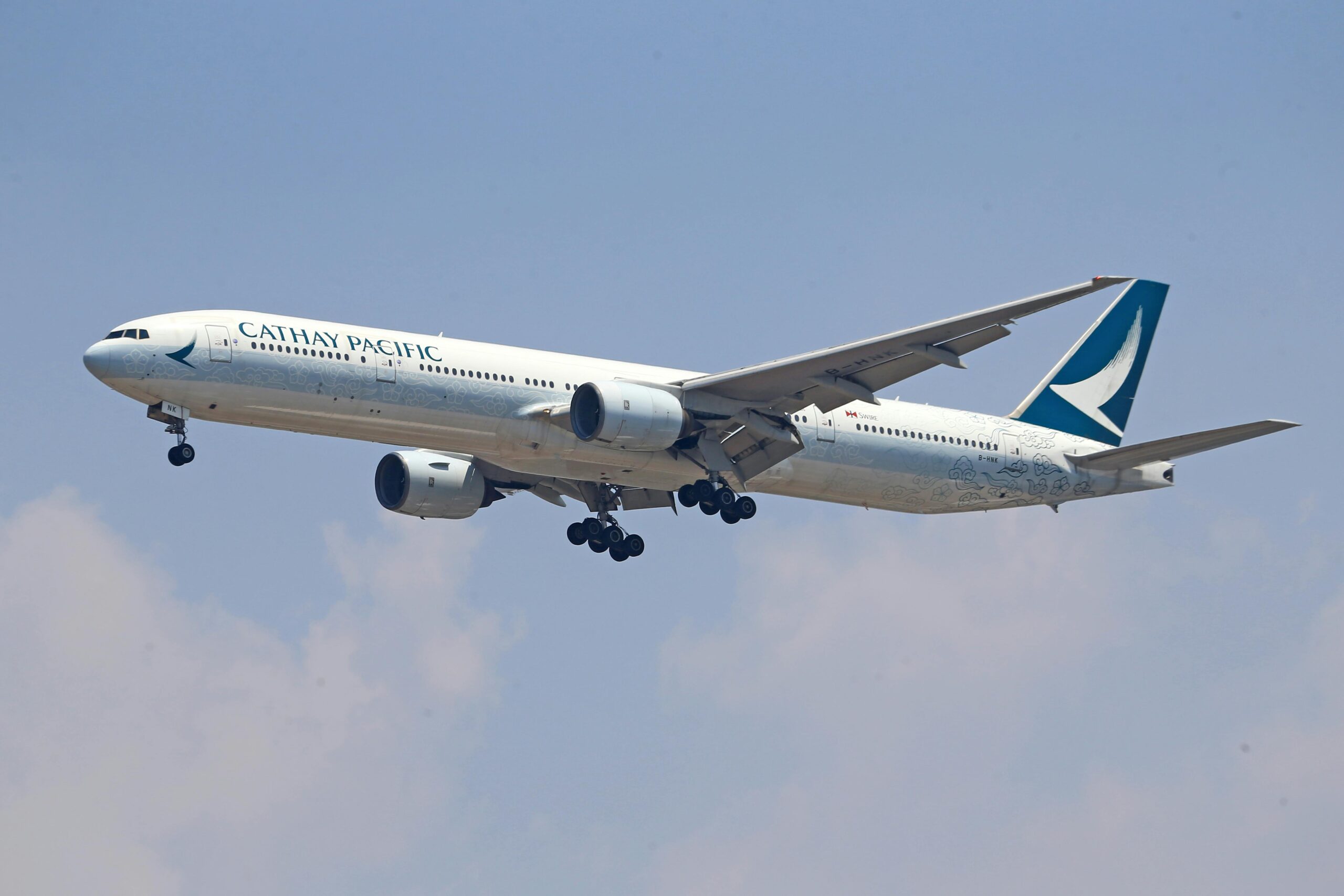

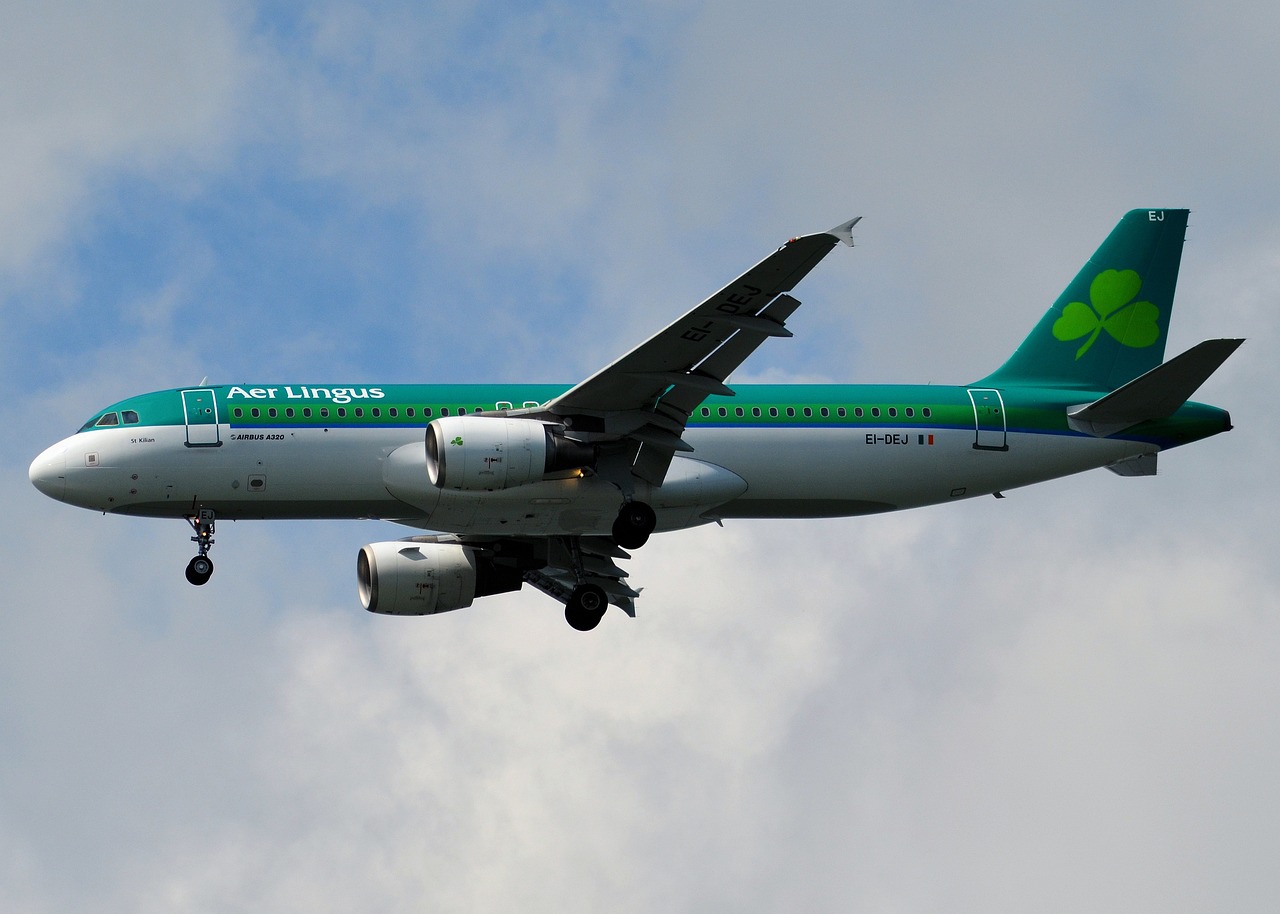
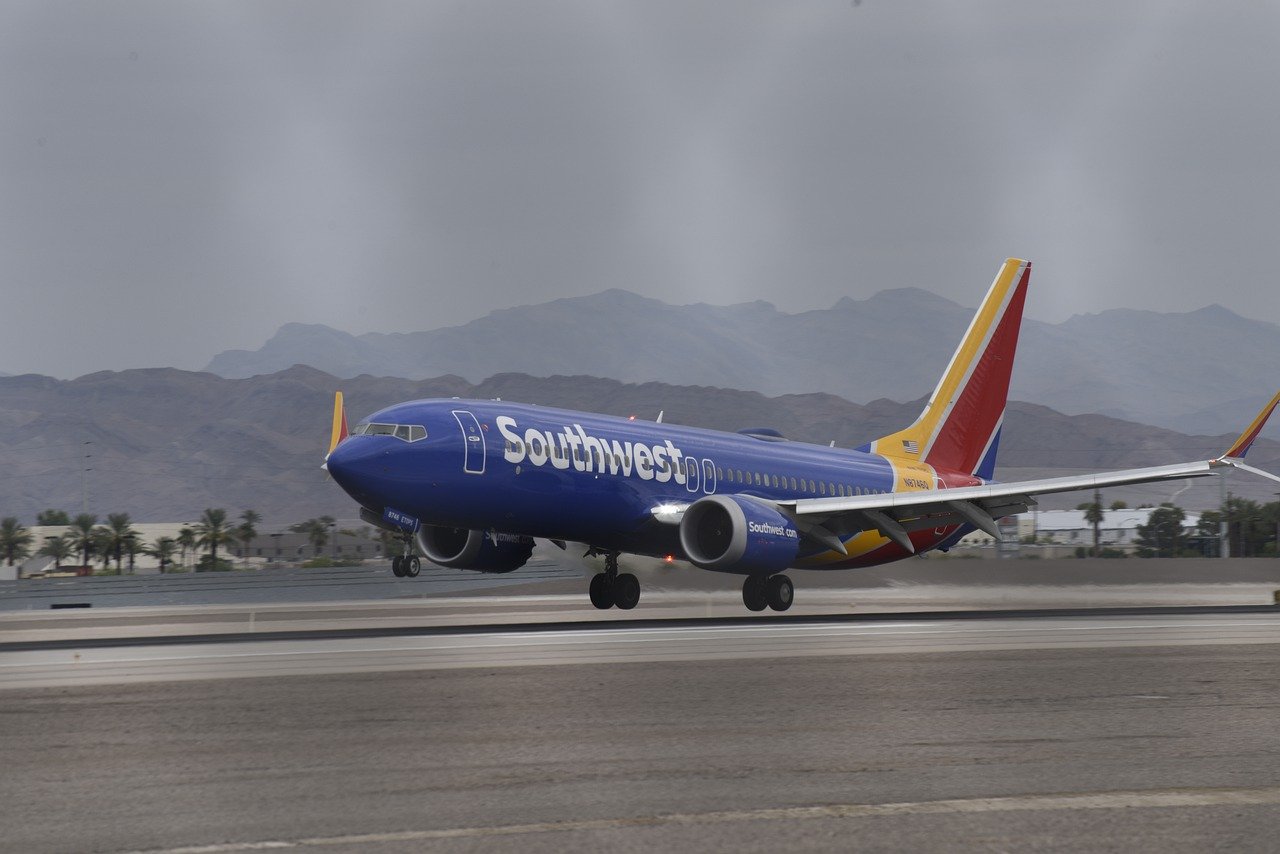

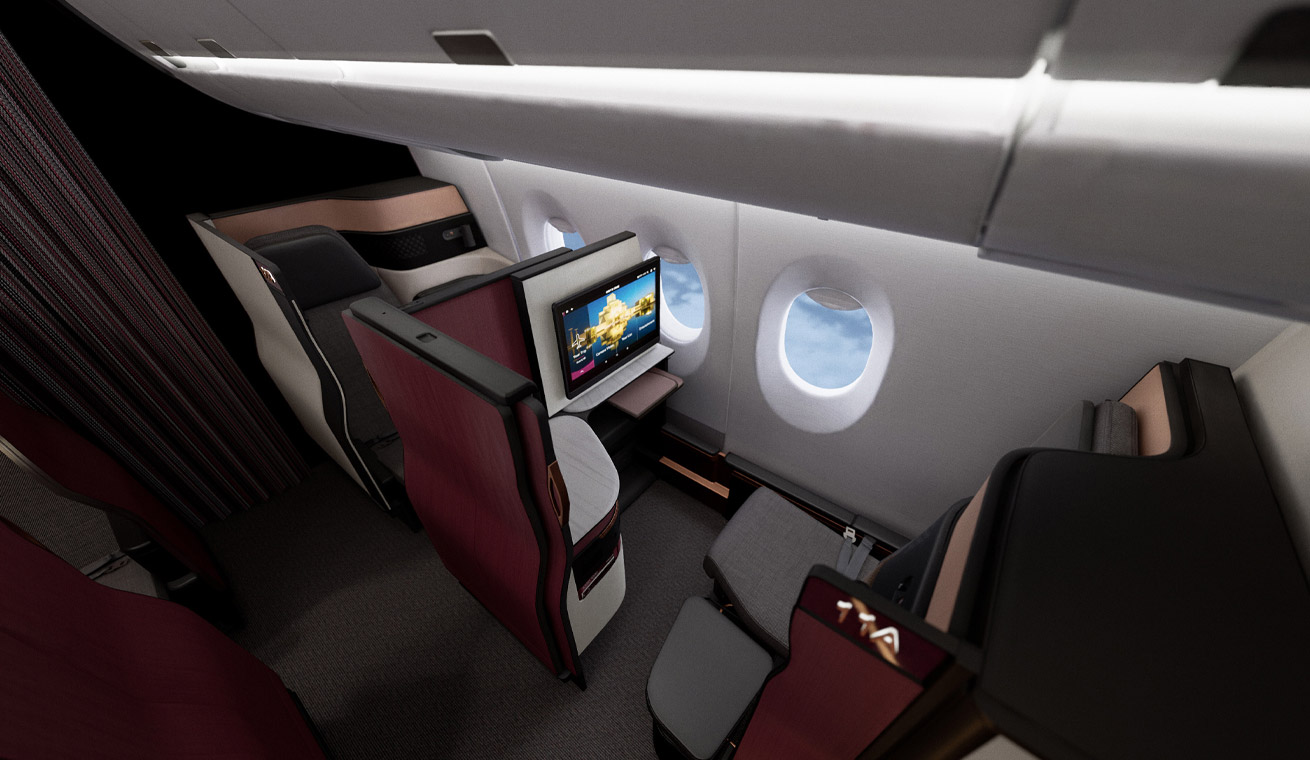
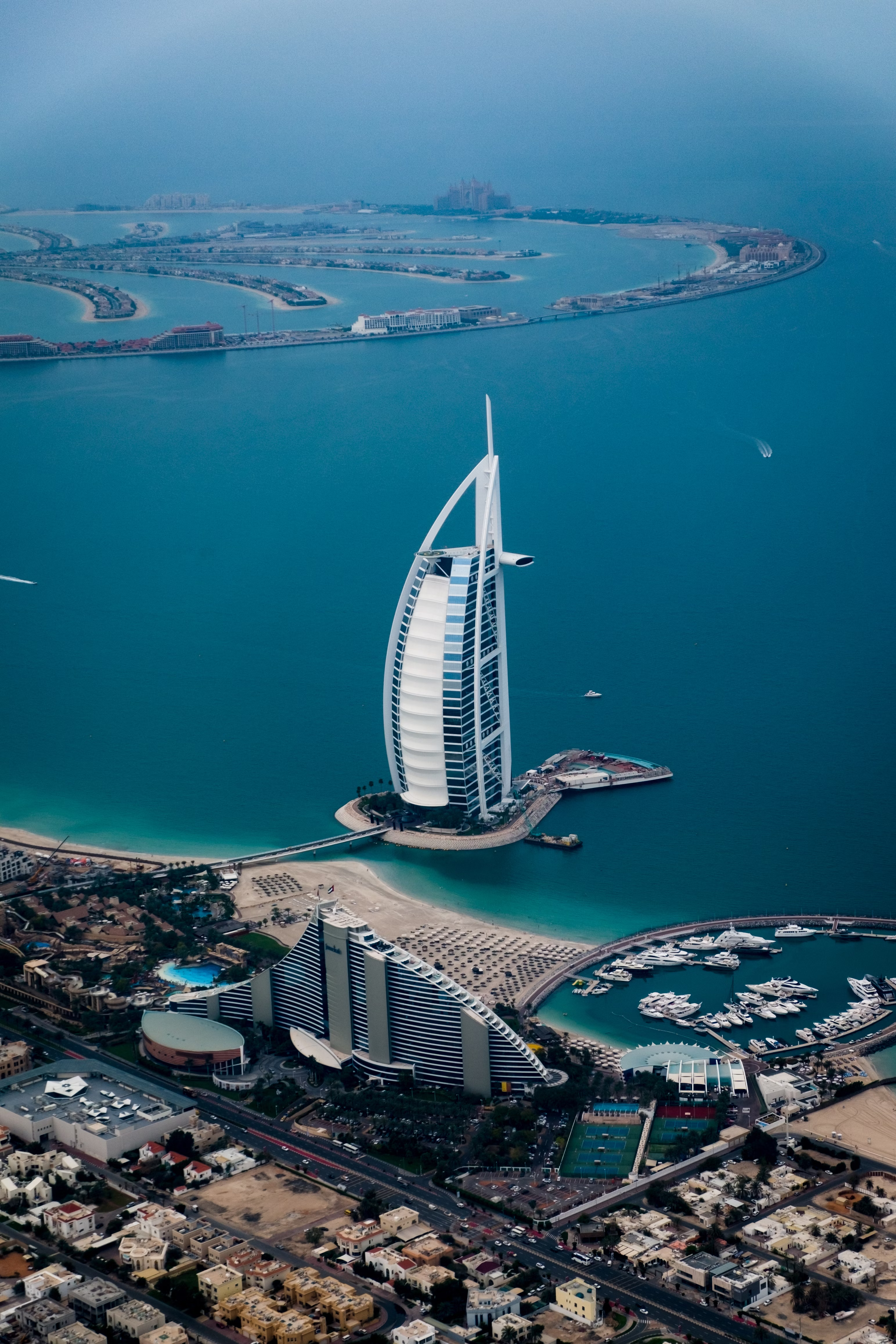

Leave a Reply